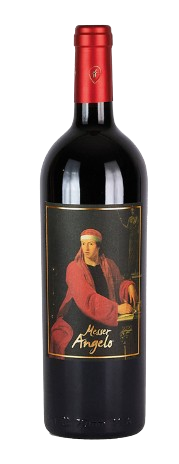Super Tuscans: Italy's response to Bordeaux Reds
Super Tuscans are a category of high-quality red wines originating from the Tuscany region in Italy. The term "Super Tuscan" was coined in the late 20th century to describe wines that deviated from the traditional Italian winemaking regulations, challenging the strict guidelines set by the Denominazione di Origine Controllata (DOC) and Denominazione di Origine Controllata e Garantita (DOCG) systems.
The history of Super Tuscans can be traced back to the 1960s when some innovative Tuscan winemakers, dissatisfied with the limitations imposed by the regulatory authorities, began experimenting with non-indigenous grape varieties such as Cabernet Sauvignon, Merlot, and Syrah. These winemakers sought to create wines that reflected their terroir and expressed a more international, Bordeaux-style character. However, since these blends did not adhere to the established regulations, the wines were initially labeled as table wines, relegating them to a lower status.
One of the trailblazers in this movement was Sassicaia, produced by the Incisa della Rocchetta family. Released commercially in the 1970s, Sassicaia gained international acclaim and played a pivotal role in elevating the reputation of Super Tuscans. Subsequent wines like Tignanello and Ornellaia further solidified the category's prestige.
Over time, the success and popularity of Super Tuscans led to a reconsideration of Italian wine regulations. The introduction of the Indicazione Geografica Tipica (IGT) classification provided a more flexible framework, allowing winemakers to produce high-quality wines without being bound by traditional grape varieties or winemaking methods. Today, Super Tuscans represent a fusion of tradition and innovation, showcasing the diverse terroir of Tuscany and contributing to the global recognition of Italian wines.





 BELLEVUE HILL BOTTLE SHOP
BELLEVUE HILL BOTTLE SHOP